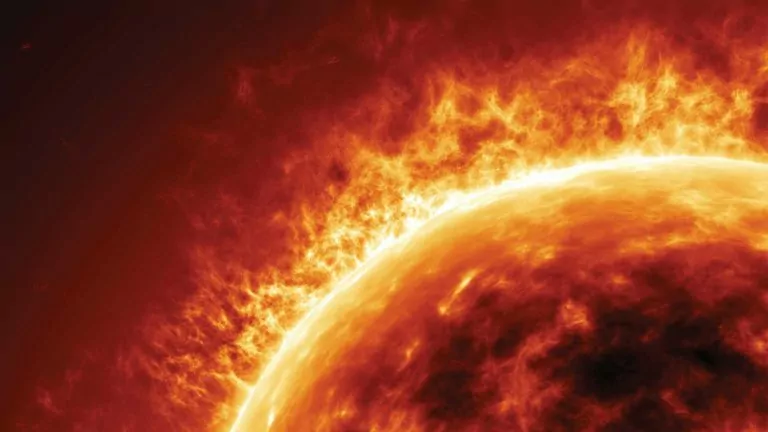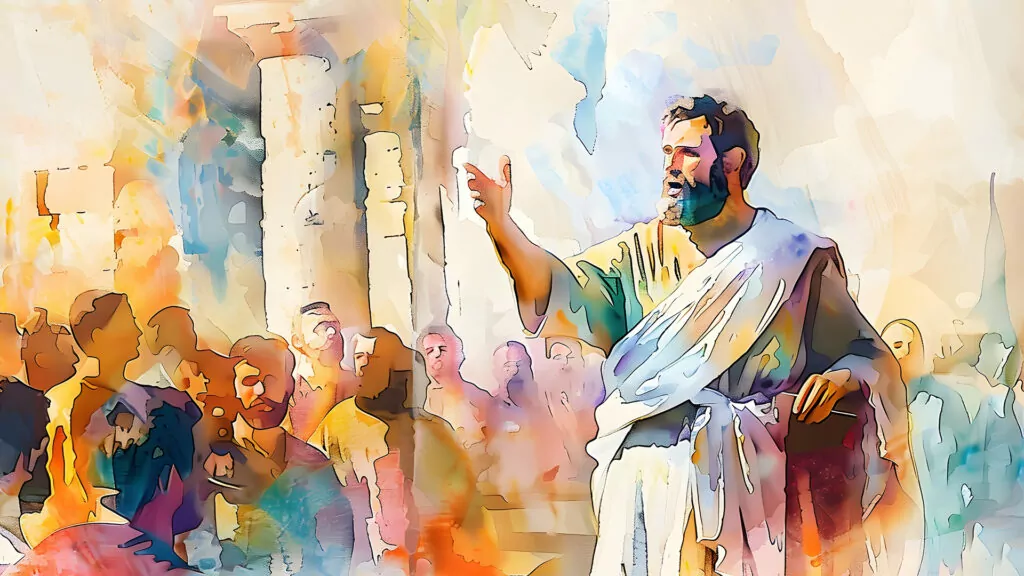Evolutionists like to claim that our Sun is merely an average star, just one among billions. There’s no reason to believe our Sun is unusual…or so they say. After all, if our Sun were special, that might support the idea that a benevolent Creator made it for us!
Nevertheless, our Sun is special indeed. As I pointed out in my DVD, Our Created Stars and Galaxies, stars come in a variety of sizes, colors, and temperatures. As a single “Class G” star, our Sun is very well suited to support life on Earth. Most other stars are not.
Calm…
For example, the most common stars (about 75 percent of all stars) are red dwarfs. These stars commonly emit flares: eruptions of superheated material, radiation, and charged particles blasted out into space. They do this so frequently that they’re often called “flare stars.” Large-enough flares can sterilize any planets orbiting these stars.
Although our Sun occasionally releases small flares, they’re gentle compared to what we see elsewhere. We’ve seen other stars produce “superflares” up to 10 million times more energetic than those from our Sun.
Is our Sun so quiet merely because of its size, temperature, and other characteristics? No. Even among Sun-like stars, our Sun is unique. A 2012 study of solar-type stars found that many had erupted in superflares. Of 83,000 stars that were observed, 148 erupted in just 120 days of observing. Extend this rate out, and each solar-type star would have more than a 50% chance of erupting every 100 years. This result is consistent with previous studies that showed that solar-type stars erupt about once per century.
…and quiet
Over thousands of years, a typical Sun-like star should have multiple massive eruptions. Yet there is no evidence that our Sun has ever emitted a superflare.
As the study’s summary in Nature noted, “The flares on our Sun are thousands of times punier than those on similar stars.” But why?
Secular astronomers are scratching their heads over this. They attribute the Sun’s gentleness to a lack of large sunspots. But that doesn’t really explain anything. Why should the Sun have smaller sunspots than other solar-type stars? They don’t know.
But creationary astronomers aren’t surprised by this. As Isaiah 45:18 says, the Lord created the heavens and Earth “not in vain… He formed it to be inhabited.”
Since our Sun was designed by a masterful Creator to support life, we shouldn’t be surprised that it supports life very well.
Meanwhile, secular scientists are still grasping for some excuse to deny a Creator. They still wish to find other worlds like ours, so that ours won’t seem so unique.
But even the most “habitable” places they can find are hellish planets like Gliese 876d. Here’s artist Inga Nielsen’s conception of what the surface of this planet might be like.
Conclusion
Our Earth, Sun, and Solar System are fearfully and wonderfully made to be our home – and to proclaim the glory of their Creator. May His name be praised!
This first appeared in the October 2015 issue. Spike Psarris was once a member of the United States military space program, entering it as an atheist and evolutionist and leaving it as a creationist and a Christian. He has produced three wonderful DVDs about what God is up to in space – “Our Created Solar System,” “Our Created Stars and Galaxies,” and “Our Created Universe”. They are available at his website CreationAstronomy.com. For Spike Psarris’ testimony about how he became a creationist first, before he became a Christian, see the video below (7 minutes).














